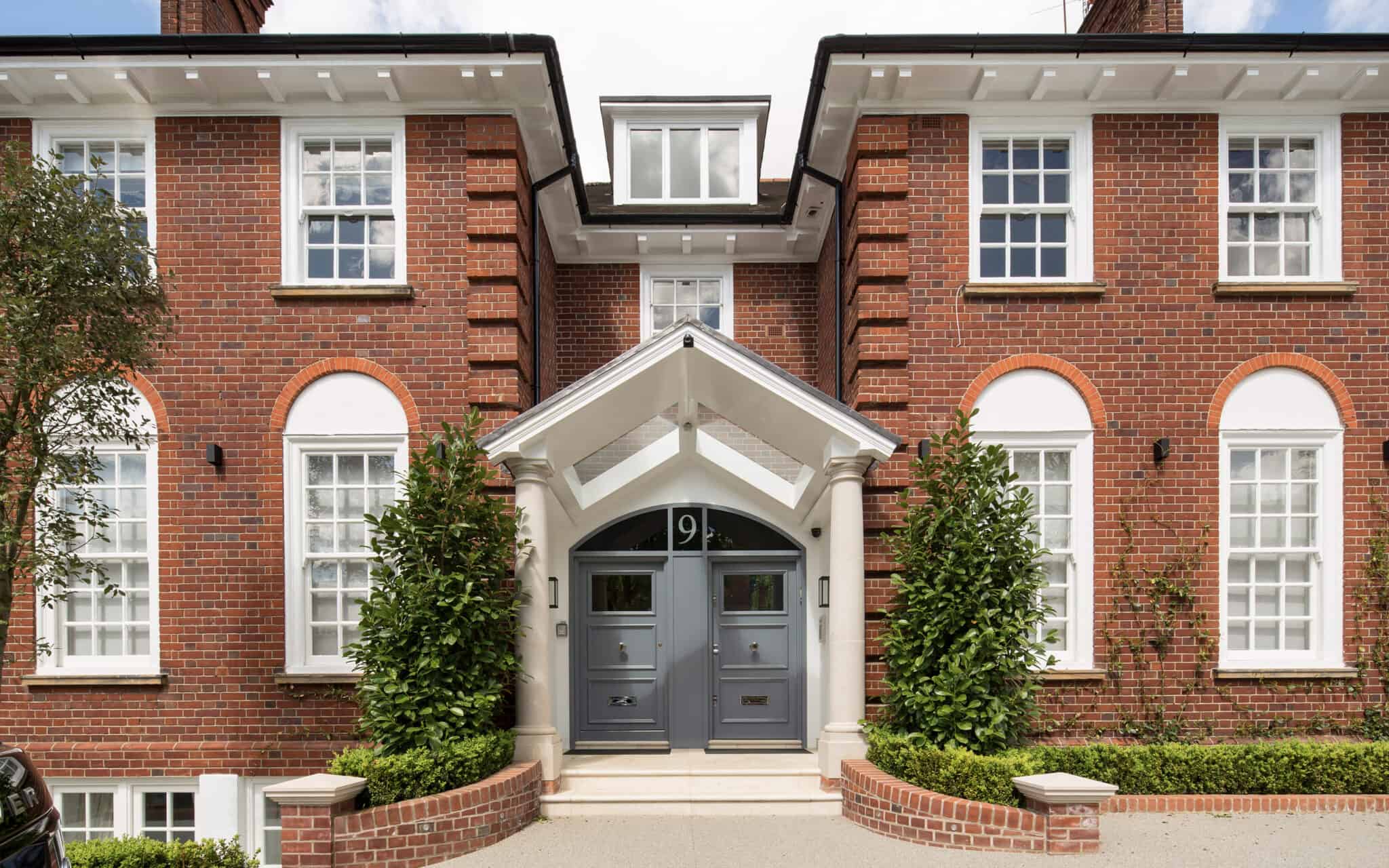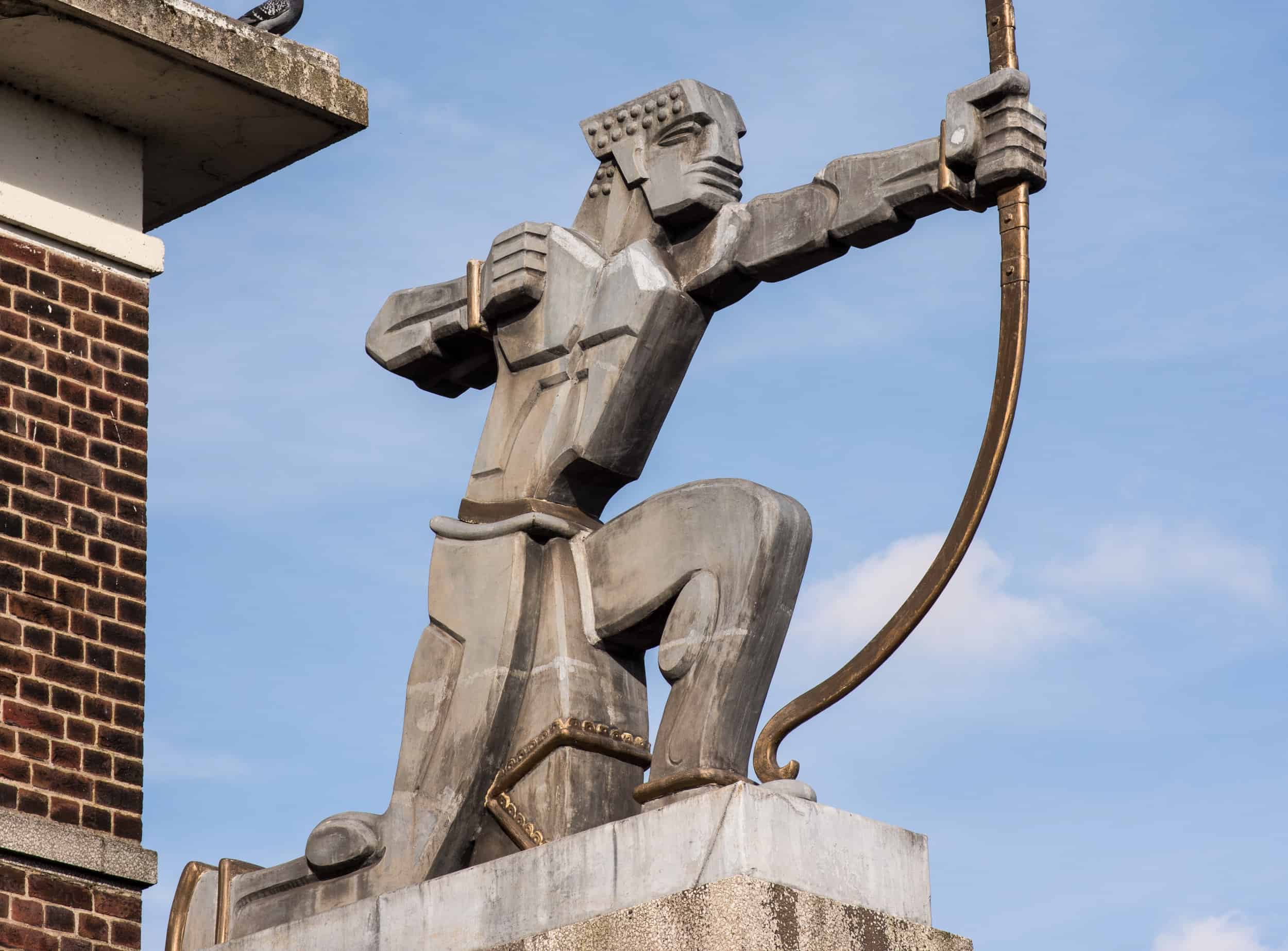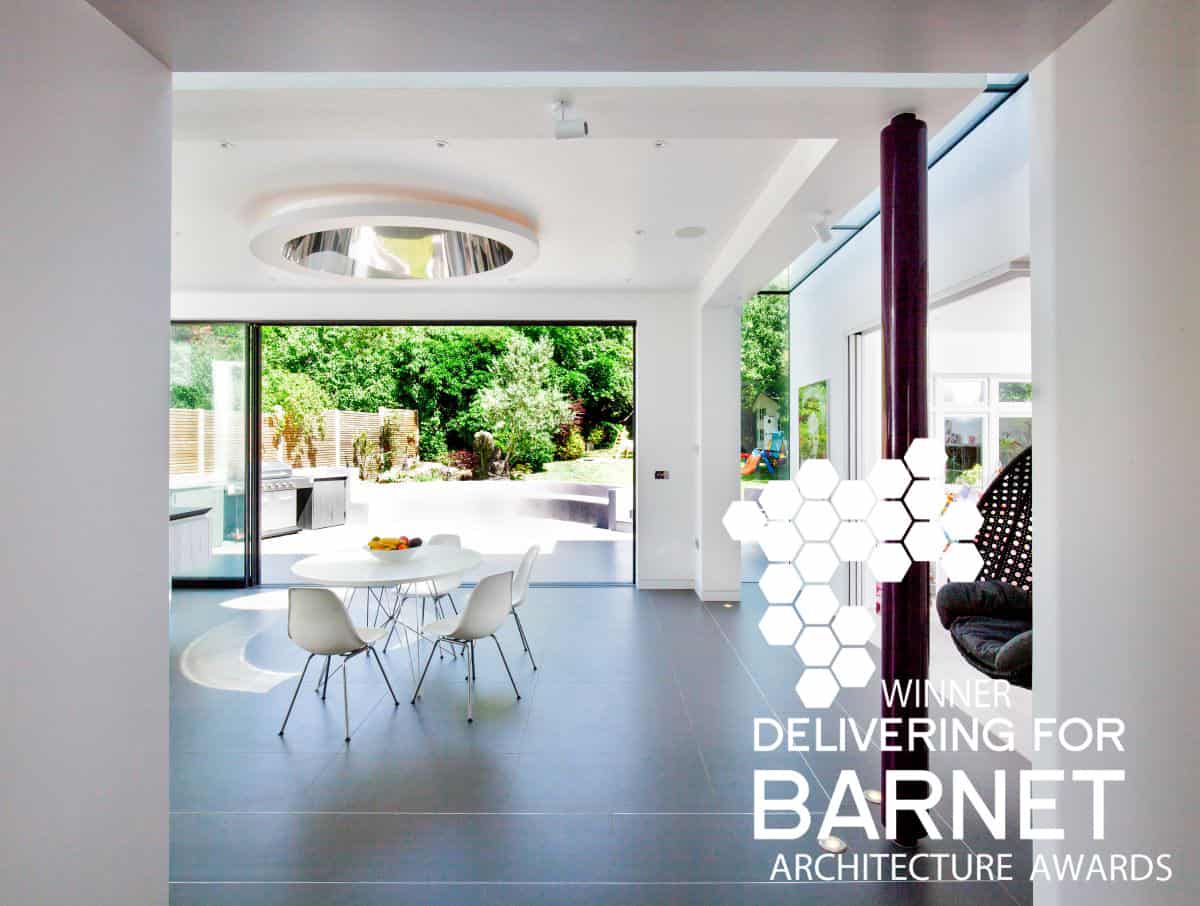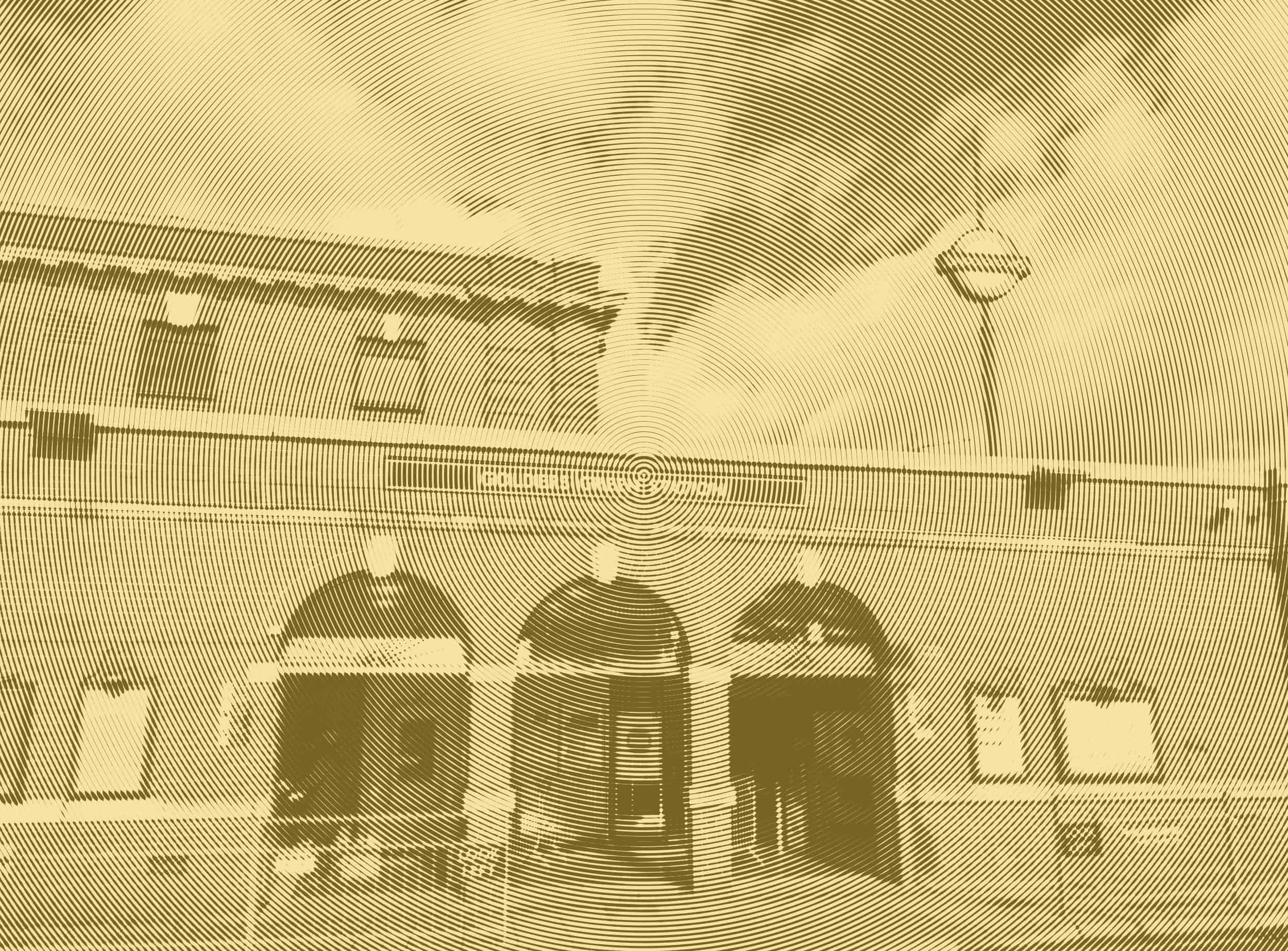Top London Architects
About XUL Architecture
Located in North London, XUL Architecture is a commercially minded, client centred architecture practice. We are efficient and responsive, and put particular focus on the client’s experience as well as in finding ingenious ways of bringing light into architecture.
We believe that creativity can overcome any practical challenges. We believe in the strength of natural light to positively improve physical space and the wellbeing, productivity and creativity of those who inhabit it. We believe that each of our clients is unique. Through listening and conversing we celebrate that individuality.
We listen to your needs and do what it takes to meet your expectations. Combining our energy, knowledge and talents to deliver fantastic client care and strive to develop relationships that make a positive difference to your lives.
We recognise how important it is being part of the local community. We reside in shop front premises which makes us accessible and approachable – our door is always open. Our aim is to build trust and aspire to be the “go to” local architect. We also try to bring the community together by organising local events.
Awards


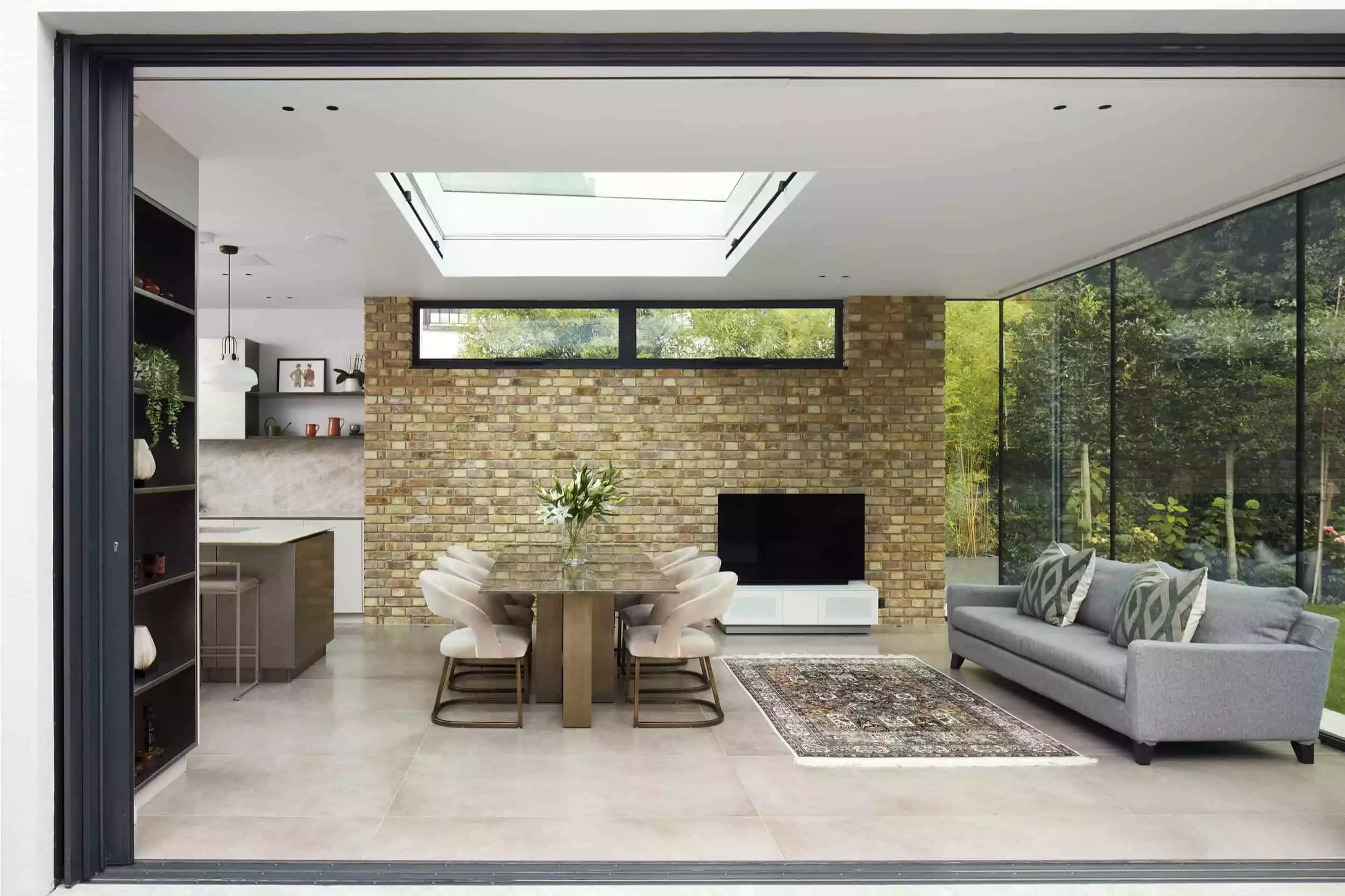
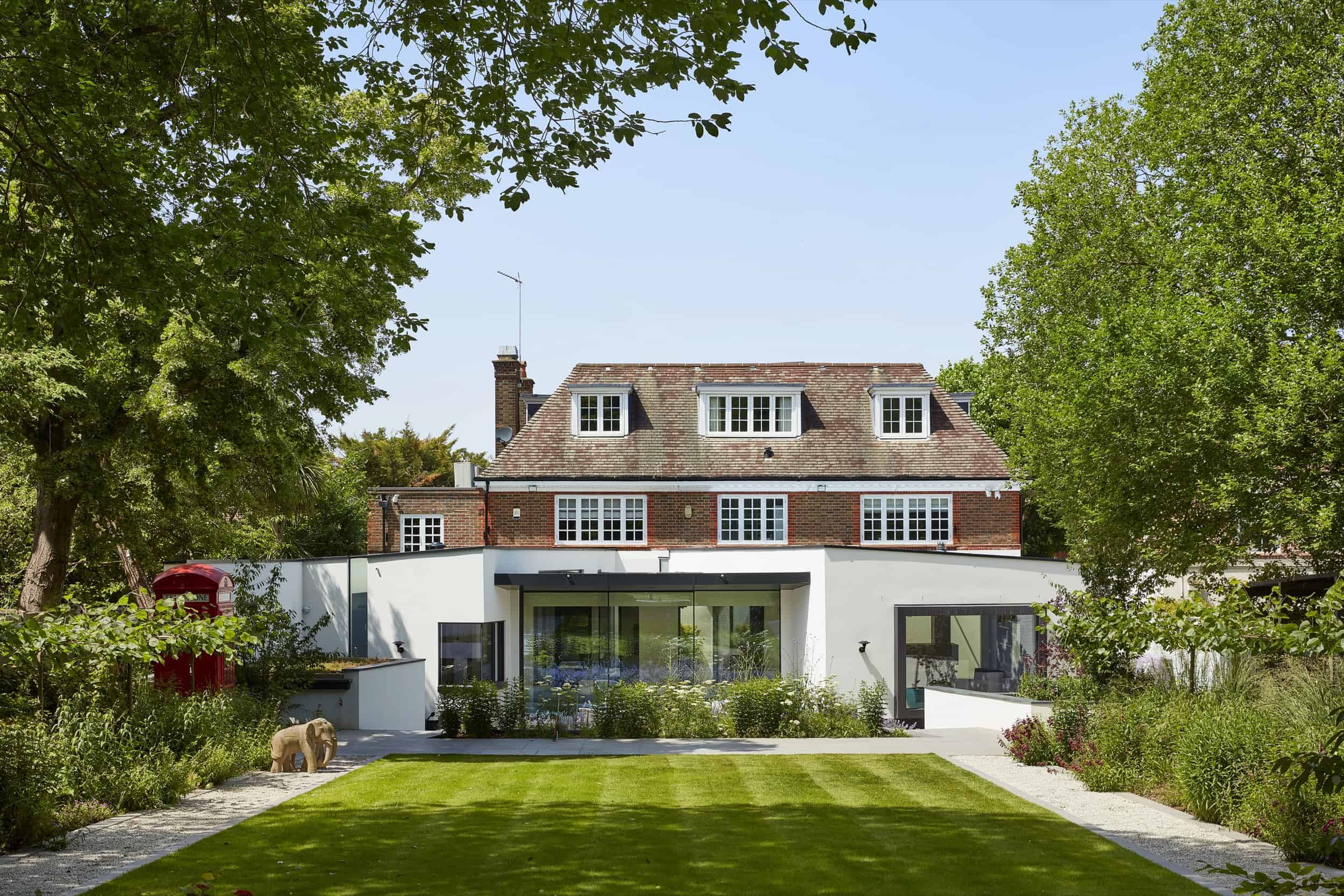



Featured Projects
We have multiple projects in progress and completed nearby London
300+ projects completed in Barnet, Brent, Camden and Haringey
We have worked on a number of boroughs in London. Most of our work is in Camden, Barnet, Haringey and Westminster, which are some of the most challenging boroughs in terms of Planning.
In any case we always do detailed research on any local constraints and regulations. On complicated projects and/or listed buildings we often work closely with a planning consultant. We are used to working on listed buildings and conservation areas.
Top London Architects
How we work
It can be a challenge to keep up with all the stages involved in designing and building or renovating a home. Our step-by-step method makes it easier.
We’ve created a platform (a bit like Dropbox) so you have every bit of information about your project at the click of a button. That means we’re all on the same page, and you’ll be able to put your hands on the plans and timeline exactly when you need them.
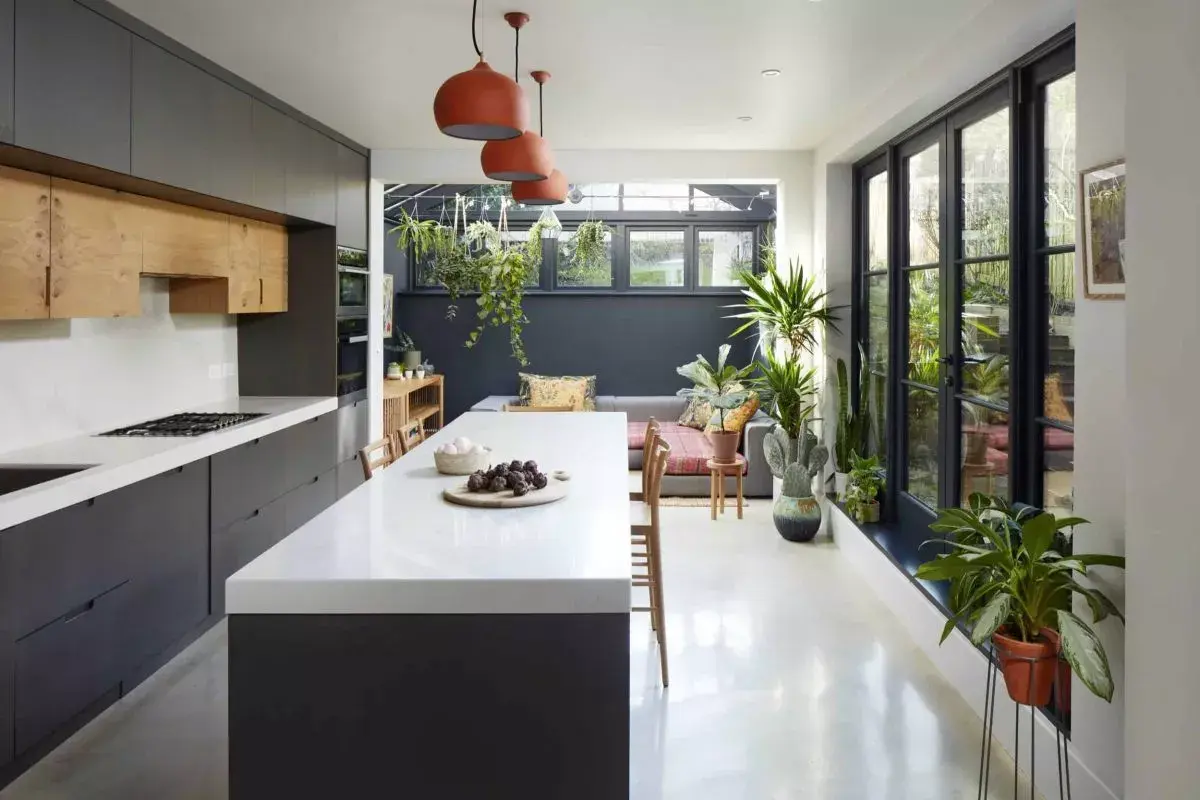
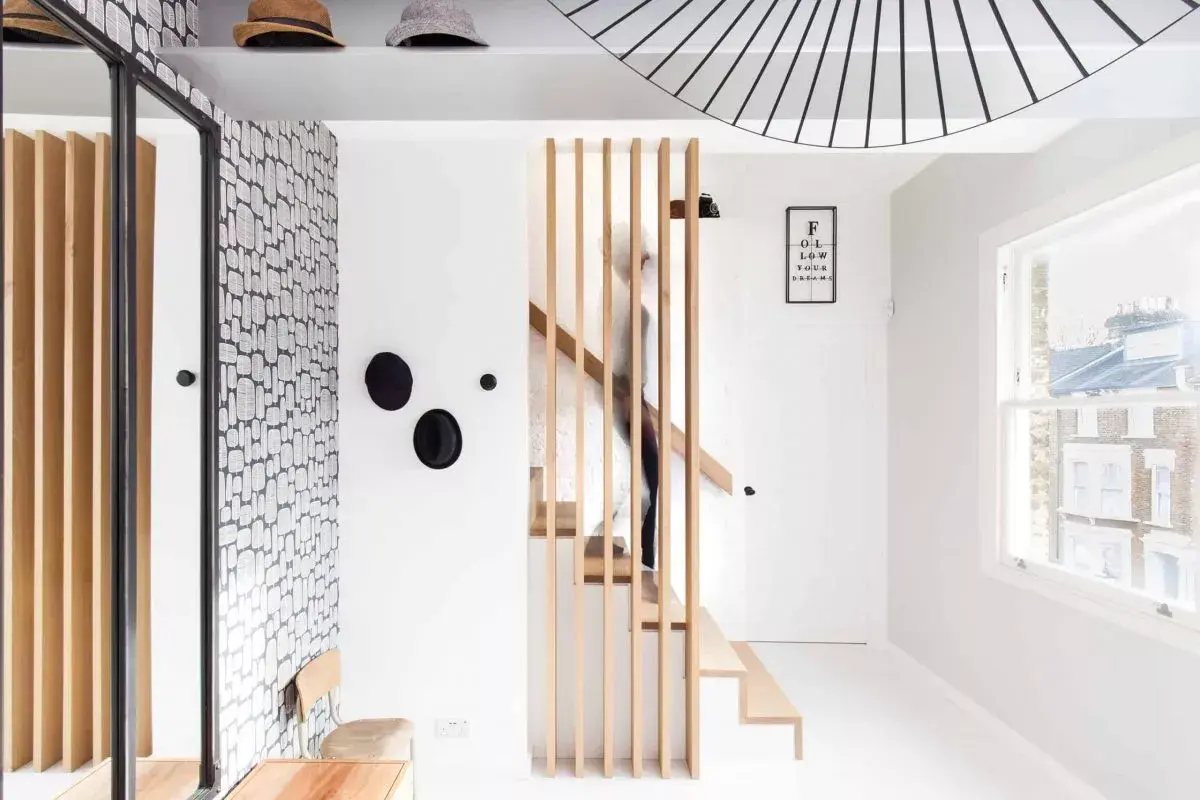
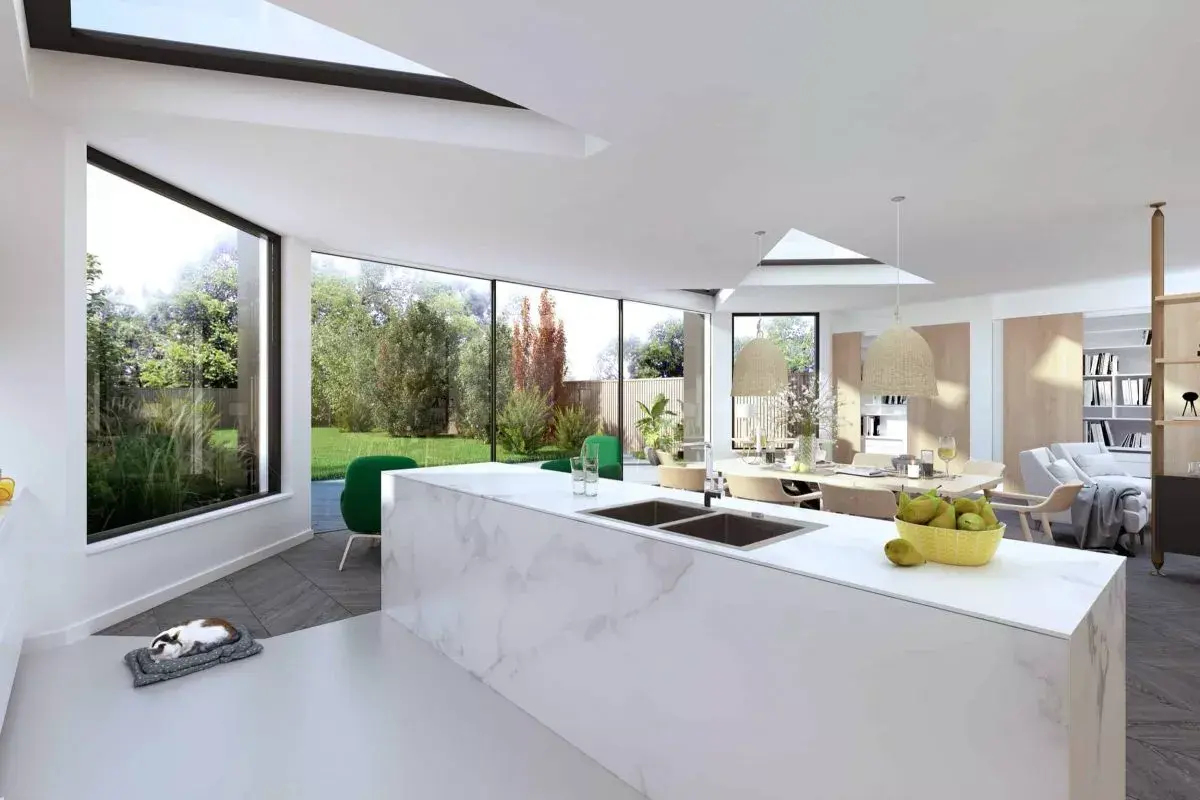

By explaining every stage carefully, we ensure that even if you’ve never worked with an architect before, you’ll feel confident, happy, and inspired – without fear of losing control of time or budget.
And we’re ingenious and innovative, not only in our design, but also in overcoming any hurdles in the logistics of your project. We’ll bring all our ideas out into the light and we’ll always take a ‘can do’ approach – but at the same time we’ll be clear and honest with you if something needs to be rethought.
Because while a beautiful home is the aim, it’s just as much about enjoying the journey to get there.
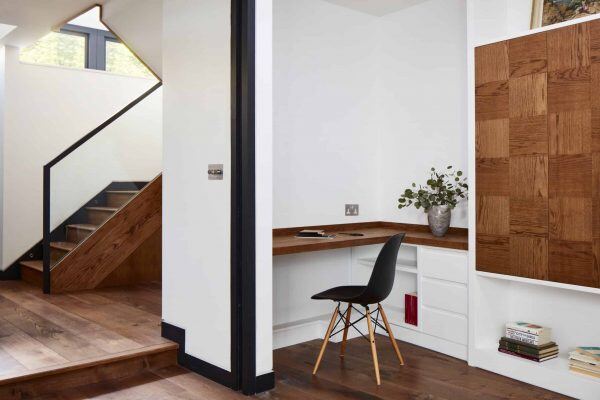
Top London Architects
Architecture driven by collaboration and lateral thinking
We believe in constant improvement and encourage change. Our lateral thinking allows us to creatively overcome challenges. Our motto is ‘there is always another way’! We always like to explore alternative design solutions as well as finding the right strategy to suit your needs.
We pride ourselves on having a unique outlook that combines our passion for enhancing our clients’ lives, with the ingenious use of abundant natural light; all whilst keeping the practicalities of the project and the realities of the budget in mind.
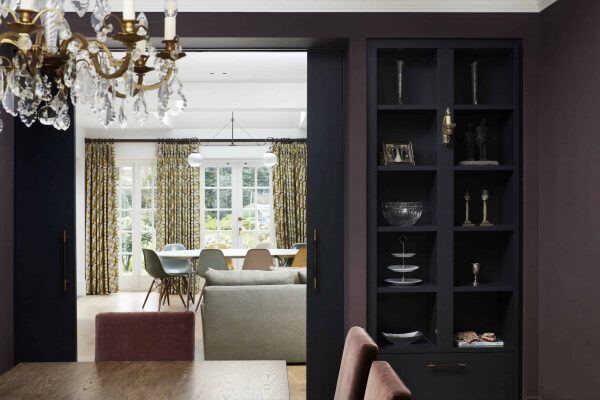
Top London Architects
300+ Projects Completed
Our team is comprised of people from all parts of the world, giving us a rich breadth of experience, cultural background, depth of talent and diversity of thoughts. This is accompanied by the added value of having a can do attitude when in front of any challenge. And of course, you can be involved in this creative process as much as you want to be. Design is a dynamic and interactive process!
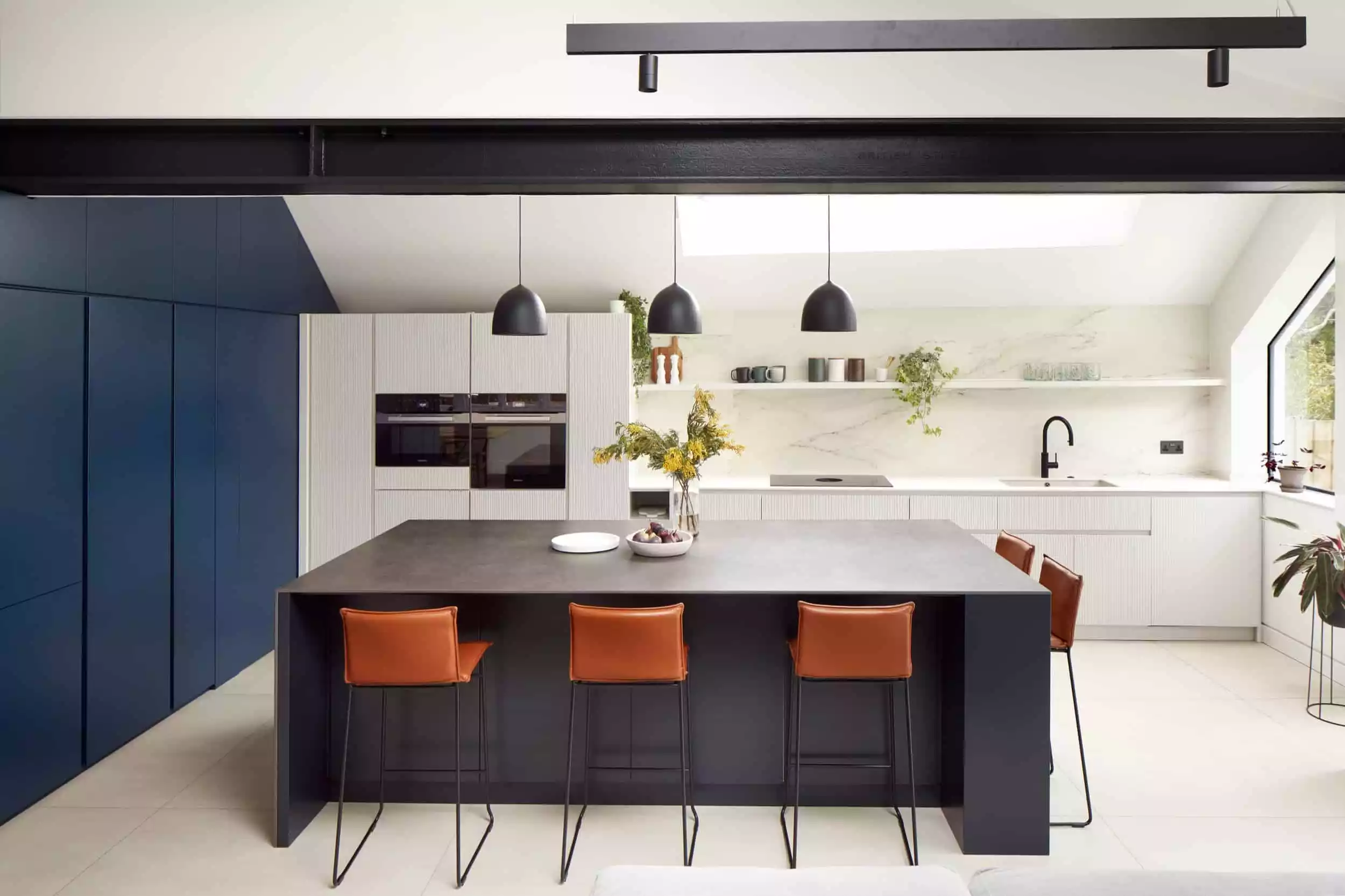
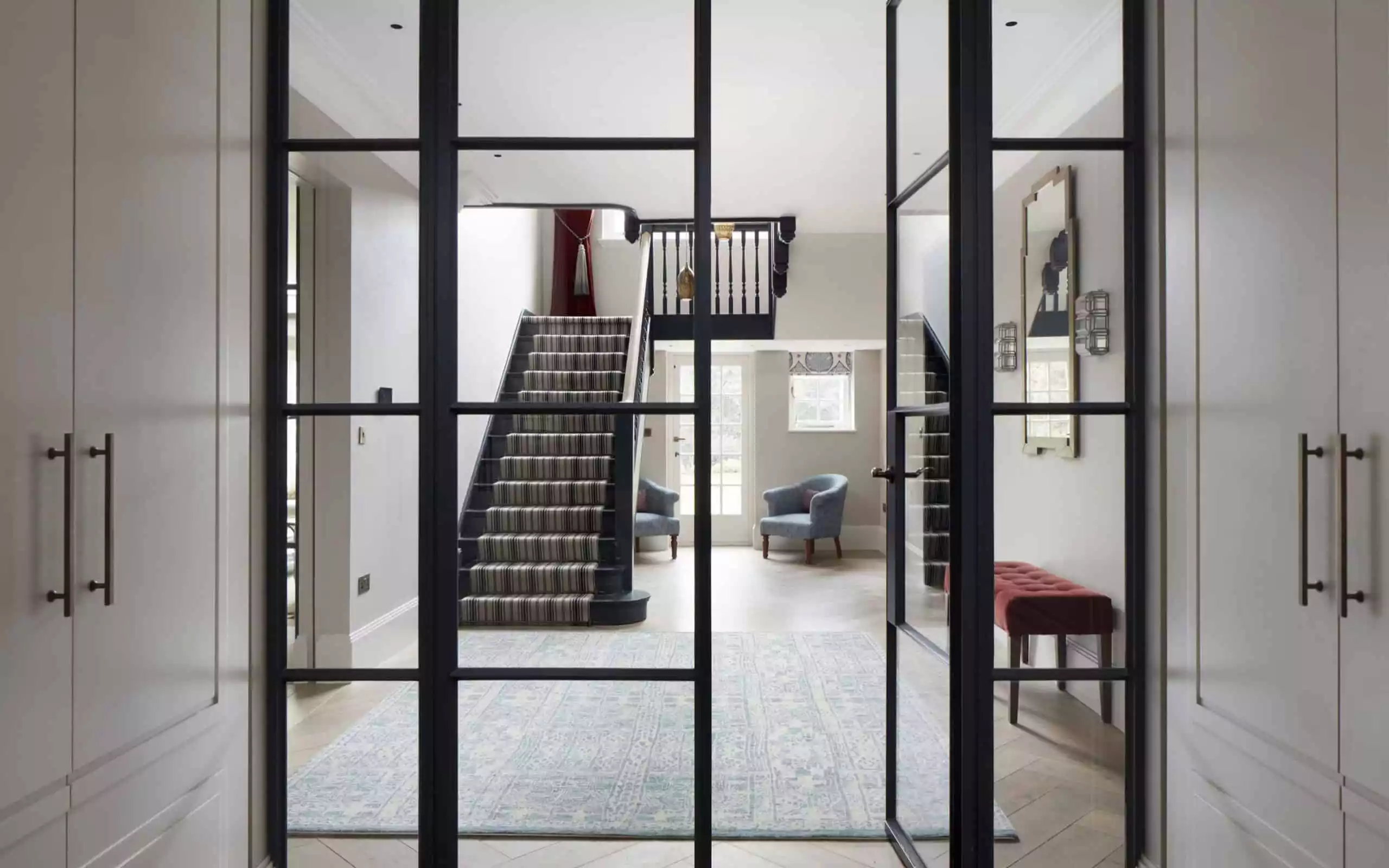
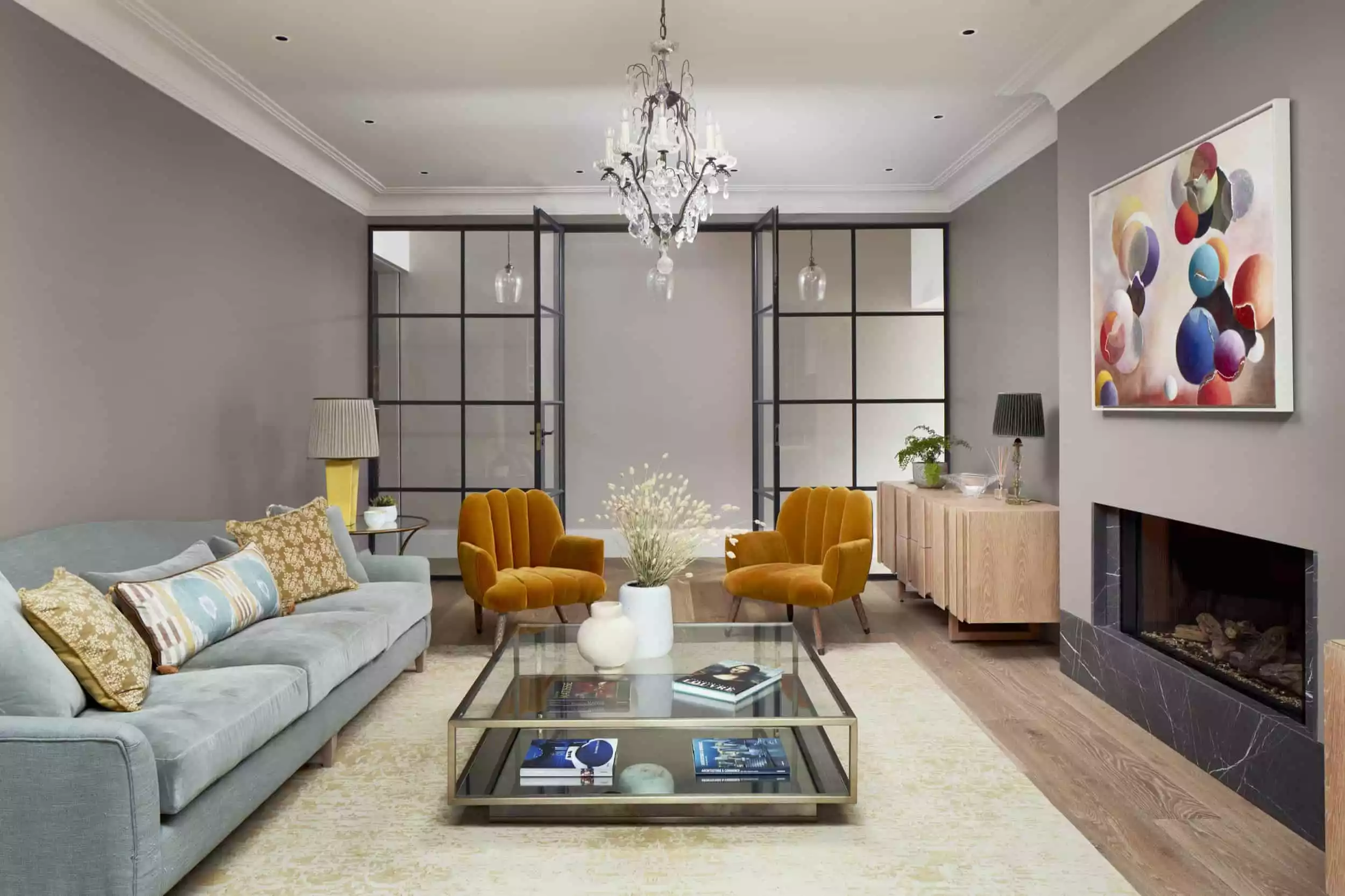
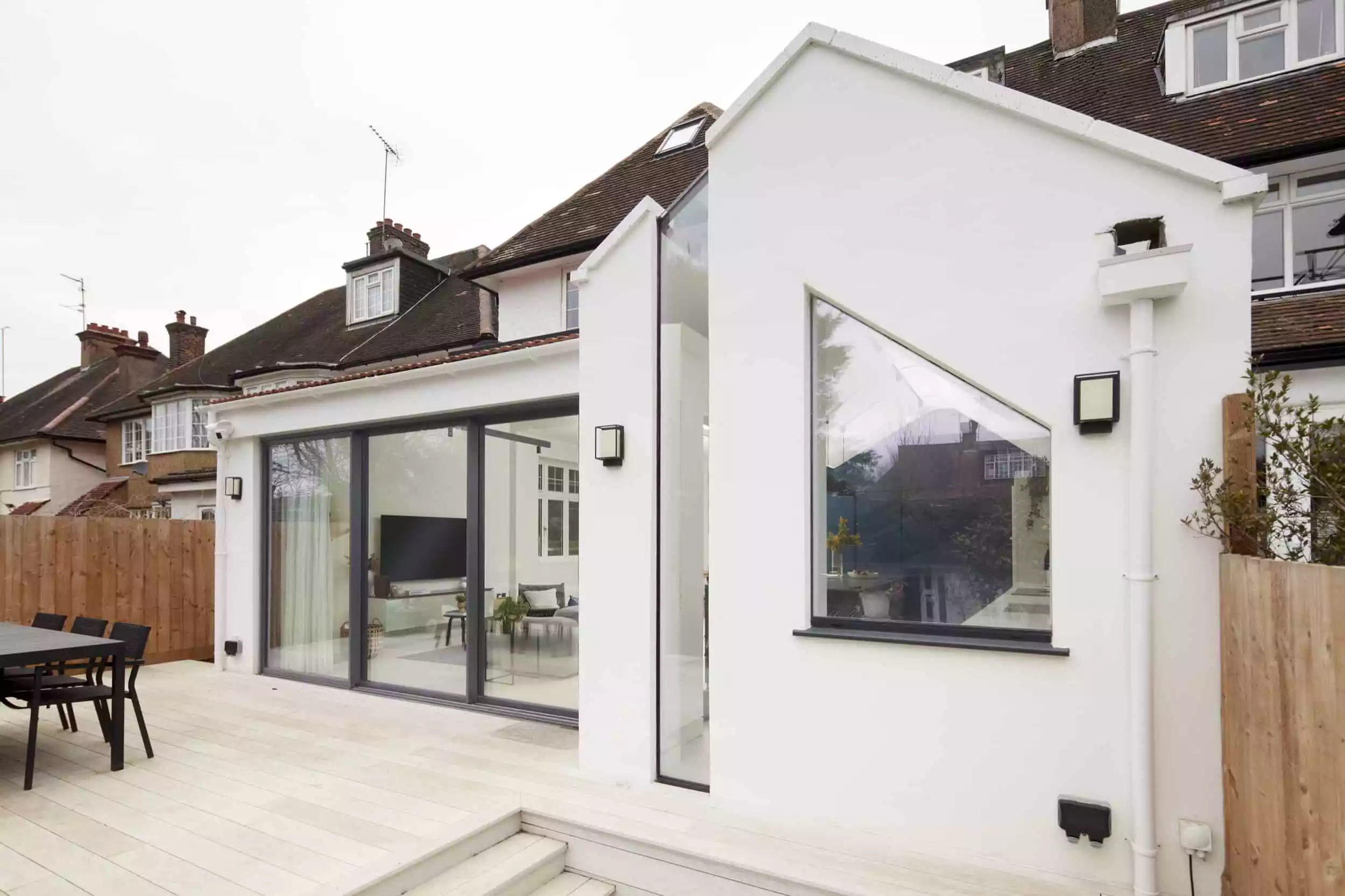
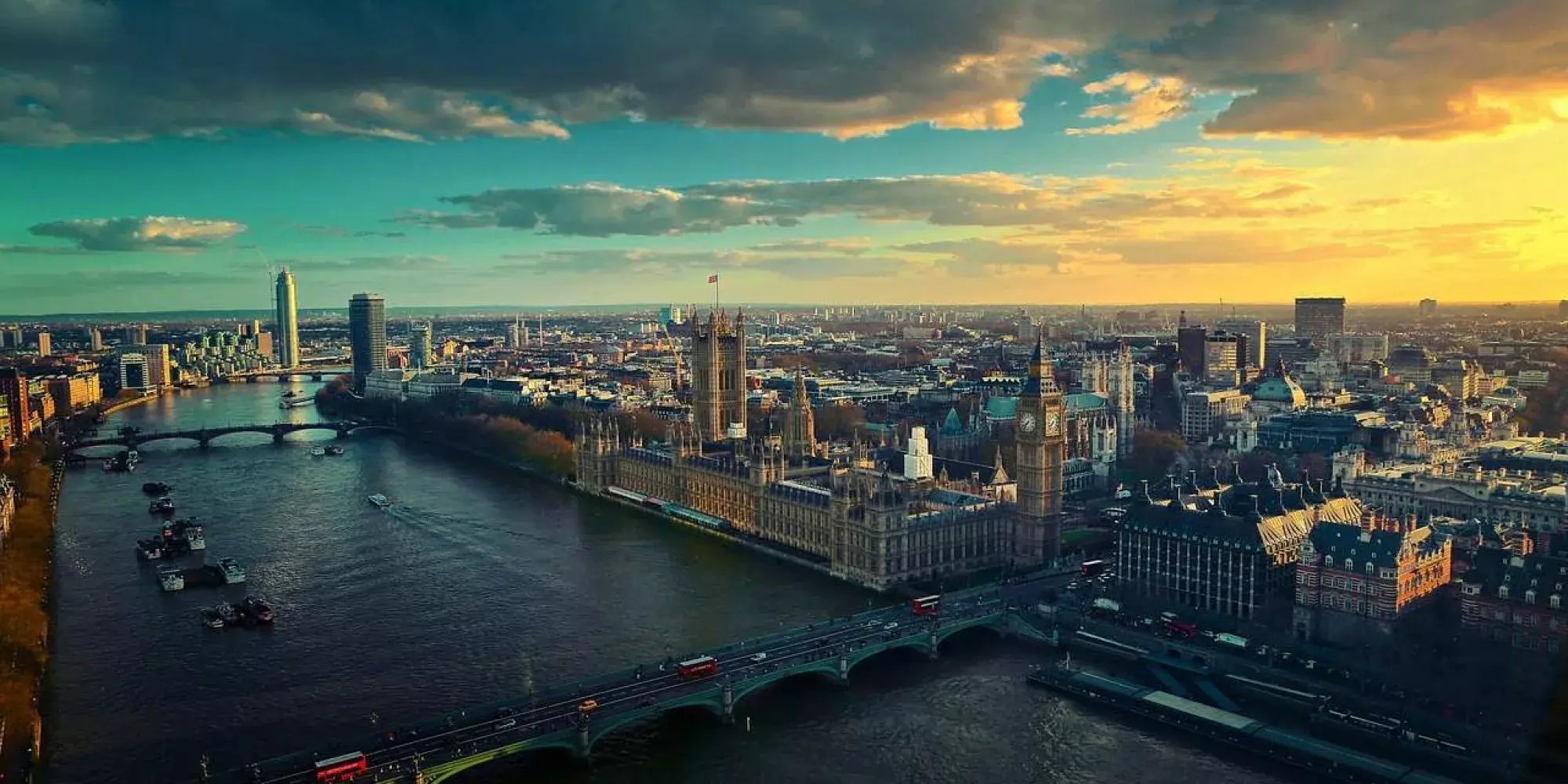
Top London Architects
Top London Architects
Thinking of Moving to London?
Considering the prospect of moving to the capital? Here’s all you need to know about life in London as either a homeowner or a tenant.
Commonly recognised as the greatest city in the world, London is one of the most attractive places to live on the planet. From the plethora of leisurely activities to the job prospects, London has a lot to offer individuals and families alike. With almost 9 million living in the capital, they can’t all be wrong.
The History of London
The history of London dates back thousands of years, with wooden structures discovered in 2010 dating back to around 4500BC. However, it is commonly accepted that the Romans were the first major settlement. It has been the largest city in Britain since the 9th century and became the capital in the 12th.
Even to this day, the presence of the Vikings, Saxons, and Tudors can be felt while the Victorian and Georgian eras are prominent too. Thanks to bombings during World War II, as well as social evolution, the city is also blessed with modern developments.
House Types & Price in London
London is a city that marries the old with the new in spectacular fashion. Within the space of one mile, you could encounter everything from mansions and cottages to townhouses and apartments. Likewise, there are buildings dating back to the early 20th century sitting in close proximity to those made in the population boom of the 1960s while Top London Architects continue to add new developments throughout the city.
Whether you’re north or south of the river, you will find a myriad of different building types. This, combined with the contrasts between different districts and area codes, means that there is huge fluctuation of prices. As a rule of thumb, central London is the most expensive.
However, the average cost of a home for London in general is £590,000 while rentals are £619 per calendar month, although you may find some places where the costs are more than double that while others are significantly cheaper. (Per Foxtons)
Life In London
As with housing prices, the lifestyles in different parts of the city can signal huge contrasts. In truth, researching individual locations will be essential for anyone wishing to move to the capital. However, there are a number of generalisations that are accurate for virtually all aspects of London, and the quality of the transport is certainly up there.
Meanwhile, the cosmopolitan city is also blessed with thousands of places to eat, drink, and be entertained. This includes world-class venues in sport, music, and theatre as well as natural attractions such as the royal parks and botanic gardens. Of course, the city is largely sculpted by the majestic river too.
Crime rates in some parts of London are very high, but others enjoy some of the lowest in the country. Meanwhile, schooling facilities in the best areas are of the highest standards, as are the job prospects.
Moving to London
London is a brilliant place to live and work, but moving to the capital can be a little difficult. Good organisation and strategic planning are key.
Top London Architects
Historic London Architects and Their Enduring Legacy
London, a city with an architectural history as diverse and storied as its culture, has been home to some of the world’s most influential architects. These architects have left an indelible mark on the cityscape, creating iconic structures that continue to define London’s identity. This article explores the work of these historic London architects, tracing their contributions from the city’s earliest days to the modern era.
Christopher Wren and the Rebuilding of London
No discussion of London’s architecture can begin without Sir Christopher Wren, the visionary behind London’s reconstruction after the Great Fire of 1666. Wren’s most celebrated work, St. Paul’s Cathedral, completed in 1710, stands as a masterpiece of English Baroque architecture. Its magnificent dome remains a defining feature of the London skyline. Beyond St. Paul’s, Wren’s legacy includes over 50 London churches, each a testament to his innovative approach to design and construction.
John Nash and Regency London
John Nash, a name synonymous with Regency London, transformed the city in the early 19th century with his elegant, neoclassical designs. His most famous works include the Royal Pavilion in Brighton and Regent Street in London, a sweeping crescent of stately terraces and grand facades. Nash also played a key role in developing Regent’s Park, designing many of the park’s terraces and the iconic Buckingham Palace facade.
Charles Barry and Gothic Revival
Sir Charles Barry is best known for his role in designing the Palace of Westminster, home to the Houses of Parliament. Working alongside Augustus Pugin, Barry created a masterpiece of Gothic Revival architecture, a style that he championed throughout his career. The intricate stonework and ornate detailing of the Palace remain one of London’s most iconic views.
George Gilbert Scott and Victorian Grandeur
Sir George Gilbert Scott left a significant mark on Victorian London with his Gothic Revival creations. The Midland Grand Hotel, now known as St. Pancras Renaissance Hotel, is a prime example of his work, showcasing elaborate gothic detailing and grandeur. Scott’s influence extends beyond London, with numerous buildings across the UK and abroad.
Norman Shaw and the London House
Richard Norman Shaw, influential in late 19th-century London, is renowned for his residential designs, which blended elements of the English Renaissance with traditional Victorian styles. Shaw’s houses in Kensington and Chelsea introduced a distinctive aesthetic to London’s residential architecture, characterised by red brickwork, steep gables, and intricate detailing.
Edwin Lutyens and the Twentieth Century
Sir Edwin Lutyens, a leading architect of the early 20th century, is celebrated for his versatile style, ranging from traditional to modernist. His works in London include the Cenotaph in Whitehall, a war memorial that has become a national symbol. Lutyens also contributed to the design of several London buildings, including the British Medical Association Building on Tavistock Square.
Modern Architects and Contemporary Contributions
The modern era saw architects like Sir Denys Lasdun and Sir Norman Foster redefine London’s architectural landscape. Lasdun’s National Theatre on the South Bank is a striking example of Brutalist architecture, while Foster’s Gherkin (30 St Mary Axe) brought a futuristic touch to the City of London. These architects, among others, continue to influence London’s ever-evolving cityscape.
Conservation and Restoration
Preservation of historic architecture is a key aspect of London’s urban planning. Efforts to conserve the work of these historic architects are evident across the city. From the restoration of Wren’s churches to the refurbishment of Victorian terraces, London honours its architectural heritage while adapting to contemporary needs.
The architects who shaped historic London left a legacy that transcends time. Their buildings – from Wren’s baroque churches to Foster’s modern skyscrapers – tell the story of a city that has continually reinvented itself while respecting its past. As London continues to evolve, the work of these architects serves as a foundation for future generations, inspiring new designs that will further enrich the city’s architectural tapestry.
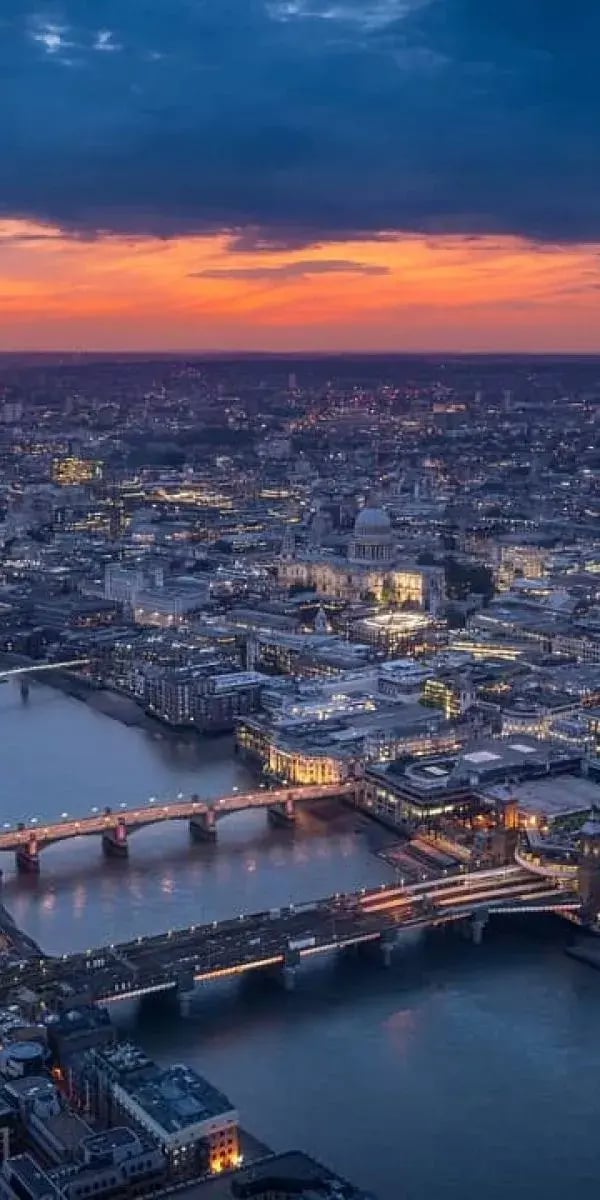












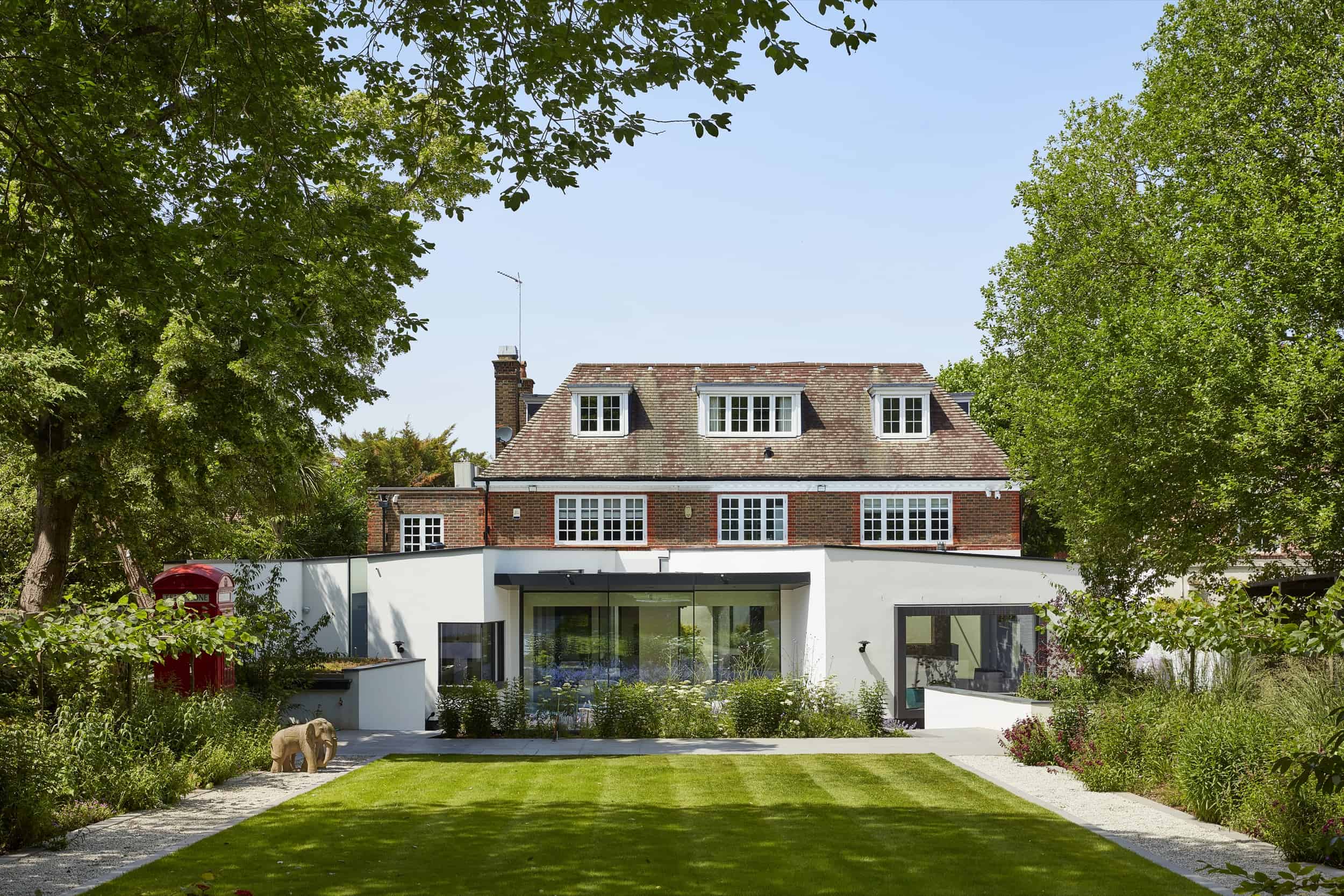
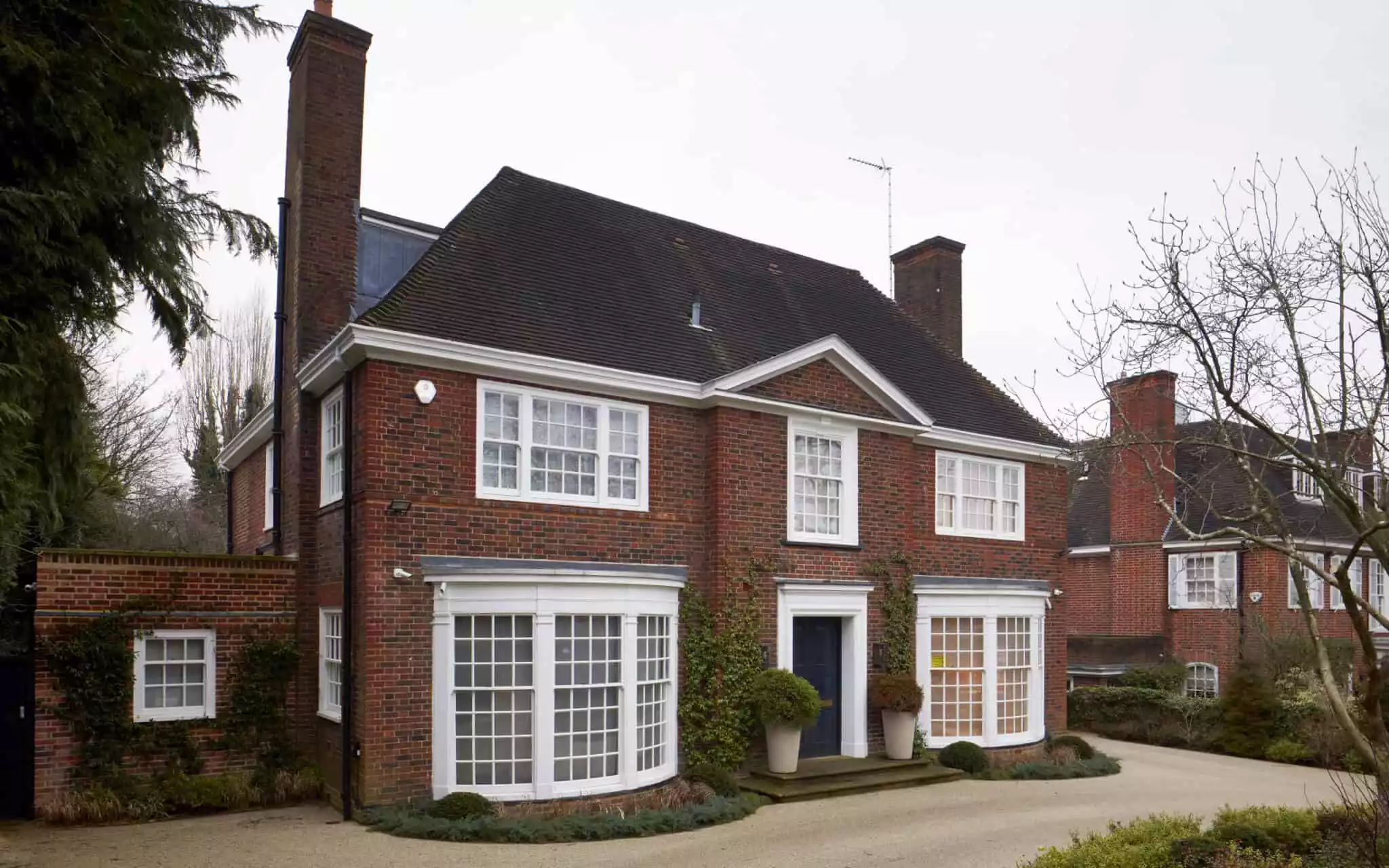

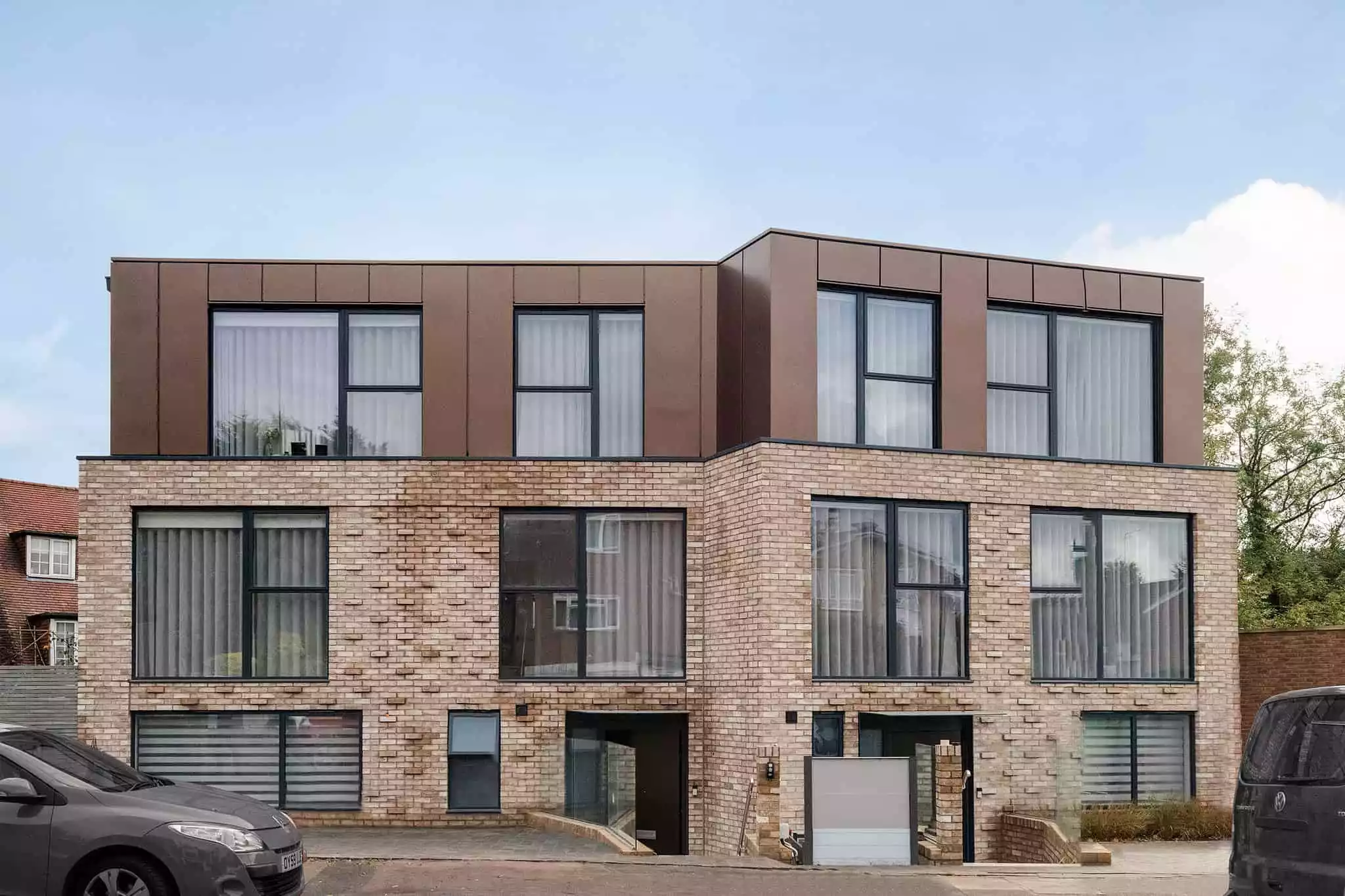
.jpg)
